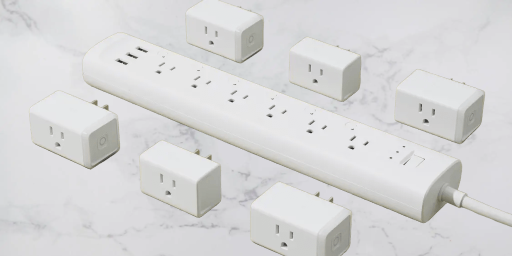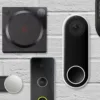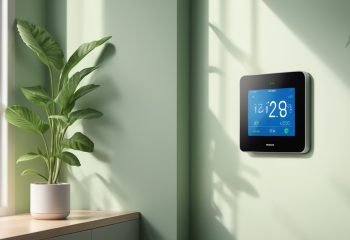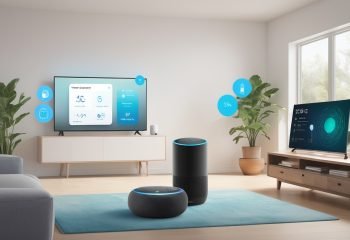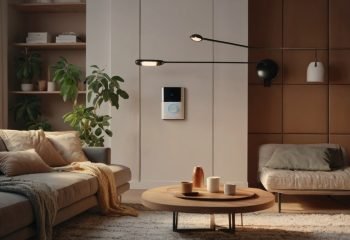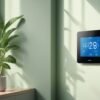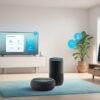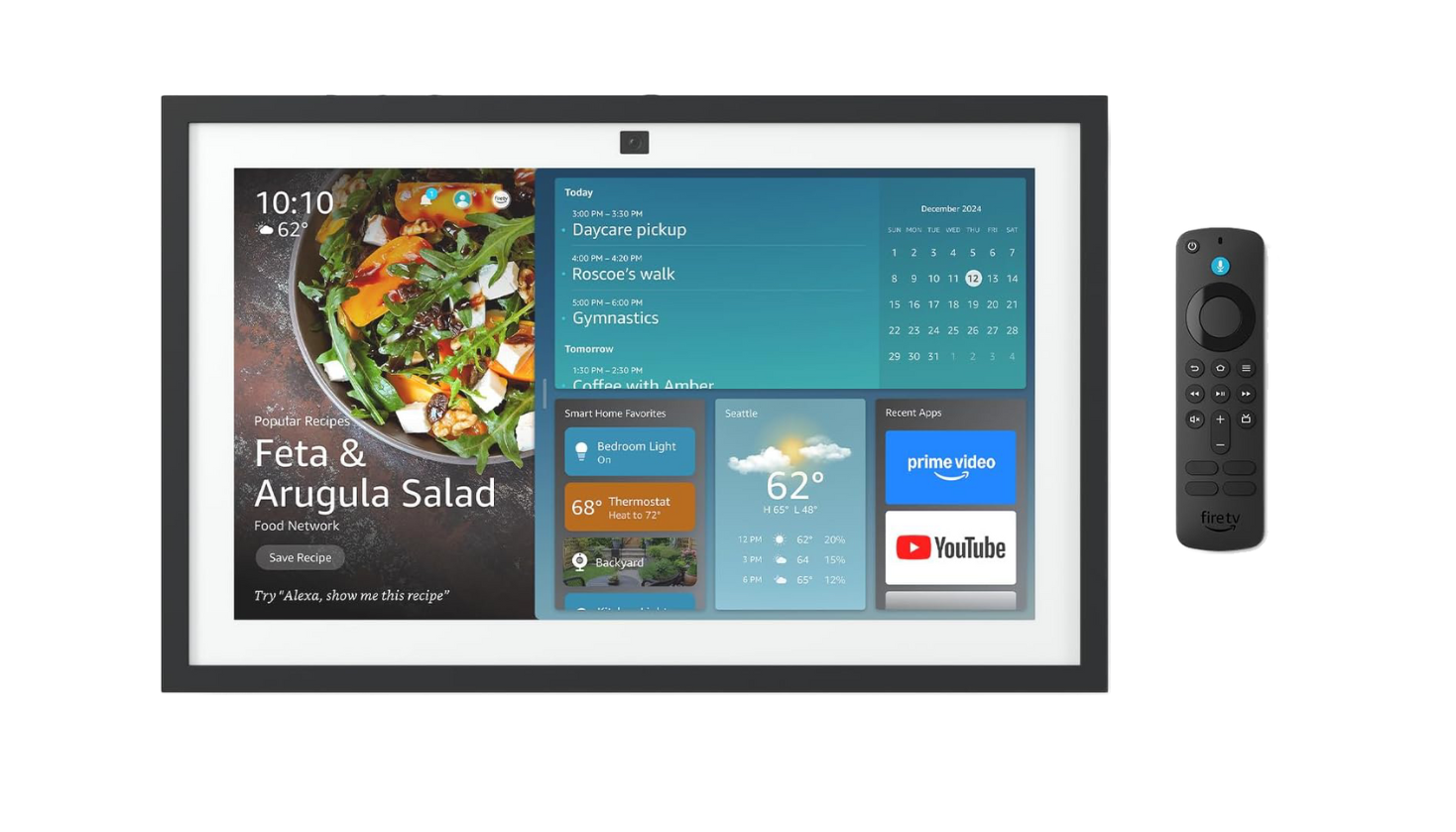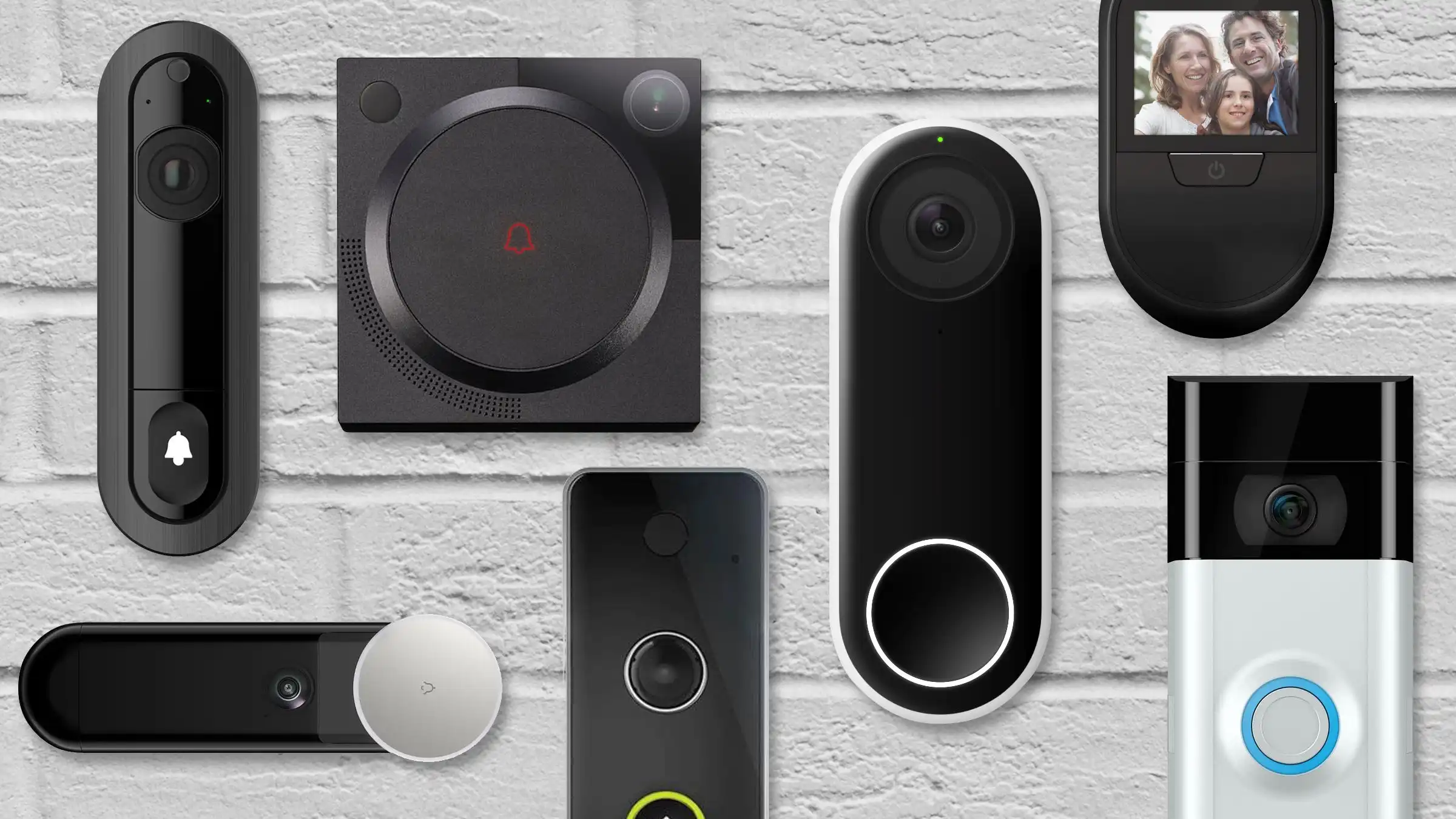Automate Your Home with Smart Plugs: The Easiest Smart Upgrade
Smart home automation doesn’t have to be complicated or expensive. One of the easiest—and smartest—ways to start automating your home is by using smart plugs for home automation. These tiny gadgets plug into your wall outlet and instantly give you remote control over lights, appliances, and more. Whether you’re trying to reduce your energy bill, set up routines, or just enjoy the comfort of voice-controlled devices, smart plugs are where it starts.
What Are Smart Plugs and How Do They Work?
Smart plugs are small devices that go between your power outlet and the appliance you want to control. Once connected to your Wi-Fi network, they allow you to:
Turn devices on/off remotely via an app
Schedule power on/off times
Monitor energy usage
Integrate with smart assistants like Alexa, Google Assistant, or Siri
Key Benefits:
No rewiring needed – Plug and play!
Budget-friendly entry into smart homes
Voice and app control from anywhere
Energy monitoring in real-time
Best Smart Plugs to Automate Your Home
Here’s a quick comparison of the leading models based on expert reviews, features, and real-world performance:
| Model | Voice Assistant Support | Energy Monitoring | App Control | Price Range | Unique Features |
|---|---|---|---|---|---|
| TP-Link Kasa HS105 | Alexa, Google | ❌ | ✅ Kasa App | $12-$18 | Compact design, reliable schedule |
| Amazon Smart Plug | Alexa only | ❌ | ✅ Alexa App | $20-$25 | Seamless with Echo |
| Wemo WiFi Smart Plug | Alexa, Google, Apple | ❌ | ✅ Wemo App | $22-$28 | Compact, Apple HomeKit ready |
| Govee Dual Smart Plug | Alexa, Google | ✅ | ✅ Govee App | $15-$20 | Two outlets in one device |
| Wyze Plug | Alexa, Google | ✅ | ✅ Wyze App | $10-$15 | Great budget option |
How to Use Smart Plugs in Daily Life
Practical Ways to Automate with Smart Plugs
Kitchen Automation
Auto-start your coffee maker every morning at 6:30 AM
Power off toaster ovens when not in use for fire safety
Living Room Hacks
Turn off TV and lamps at night with one voice command
Schedule fans to run only during peak heat hours
Smart Bedrooms
Wake up to lights gradually turning on
Charge phones safely with overnight timers
Home Office Control
Power off monitors after work hours
Automate air purifiers or humidifiers during your workday
External Source: Energy.gov on smart devices reducing home energy waste
How to Choose the Right Smart Plug
Choosing the right model depends on your setup. Here are the factors to consider:
Compatibility
Ensure your smart plug works with your current smart ecosystem (Alexa, Google, Siri).
Connectivity
Wi-Fi Only: Most common, requires strong signal.
Zigbee/Z-Wave: Better for advanced smart home networks.
Security
Look for plugs with encrypted communication and two-factor authentication.
Features
Energy monitoring
App control
Schedules & timers
Compact form factor for tight spaces
Smart Plug Trends & Stats (2025 and Beyond)
Smart plugs are no longer niche tech. They’re expected to grow at a CAGR of 27.3% through 2028.
70% of U.S. homes now have at least one smart device
Energy savings can average 5-10% monthly with smart automation
Plug-and-play adoption among renters rose by 38% in 2024
Integrating Smart Plugs into Your Ecosystem
Voice Assistants
Most smart plugs work seamlessly with:
Amazon Alexa (e.g., “Alexa, turn off the fan.”)
Google Assistant (“Hey Google, turn on the lights.”)
Apple HomeKit for iPhone/macOS users
App Control
Each brand offers a mobile app:
TP-Link Kasa
Wemo
Govee
Smart Life (third-party universal controller)
Conclusion: Start Small, Automate Big
Smart plugs are an effortless gateway into the world of home automation. Whether you’re upgrading a single lamp or preparing your entire apartment for automation, these affordable gadgets deliver serious value. They help save energy, increase convenience, and boost home security—all without needing to be tech-savvy.
Ready to build your smart home? Start with a smart plug.
Shop Top Picks Now ➜ [Affiliate Link Placeholder]
Want more smart home tips? Subscribe to our weekly newsletter!
FAQ: Smart Plugs Explained
Q1: Do smart plugs use electricity when off?
Yes, but it’s minimal—typically less than 1 watt.
Q2: Can smart plugs control appliances like heaters or ACs?
Yes, but check the wattage. Some plugs are rated only for small devices.
Q3: Are smart plugs safe to use?
Absolutely. Look for UL-certified or ETL-certified products for safety.
Q4: Can I use smart plugs outdoors?
Only if the smart plug is rated for outdoor use.
Q5: Do I need a hub for smart plugs?
Most Wi-Fi smart plugs don’t need a hub. Zigbee/Z-Wave plugs do.

